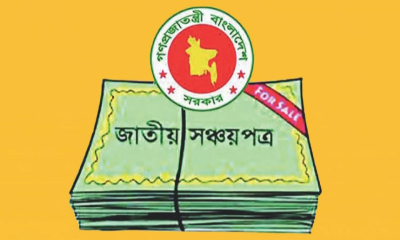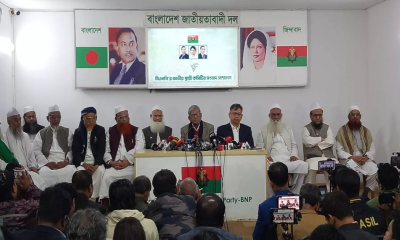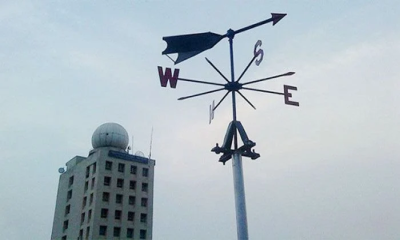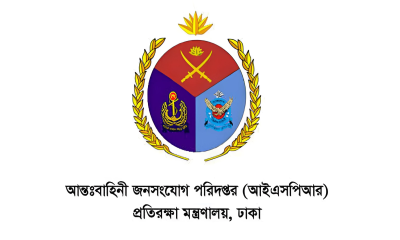On January 2, India designated the traditional Tangail saree of Bangladesh as its `GI product`. However, the situation was brought to light on February 1 by a post on India`s Ministry of Culture`s verified Facebook page. Soon after the post went viral, there was a heated debate in Bangladesh, with demands to transfer the GI rights of Tangail sarees to Bangladesh. In the midst of intense controversy, India`s Ministry of Culture withdrew the post.
Then on Wednesday (February 7) Tangail Saree was recognized as a Geographical Indication (GI) product by the Department of Patents, Industrial Designs and Trademarks (DPDT) under the Ministry of Industry.
Earlier, on Tuesday (February 6) at noon, the Deputy Commissioner of Tangail, Md. Kaisarul Islam applied to the Ministry through e-mail to get recognition of GI products.
Industry Secretary Zakia Sultana said that the gazette will be published on Thursday (February 8).
Although traditional Tangail loom sarees are produced in Bangladesh, Fulia of Nadia district was granted geographical indication rights on January 2. In this regard, a post on the verified Facebook page of India`s Ministry of Culture stated, "Tangail saree originates from West Bengal." It is a traditional handwoven masterpiece. Famous for its fine texture, varied colors and delicate Jamdani motifs. It symbolizes the rich cultural heritage of the region. Every saree of Tangail is a sign of skillful craftsmanship in a blend of tradition and rich beauty.

However, despite the withdrawal of the post from Facebook, the Tangail saree is still listed as a product of West Bengal in the list of GI products on the Indian government website.
Those concerned say an application for international recognition will be made, and as India has already declared Tangail saree as its own GI product, legal issues are being considered. It is reported that initiatives will be made to resolve the matter through the World Intellectual Property Organization (WIPO).
























-20251216090625.jpeg)

-20251218165258.jpeg)









